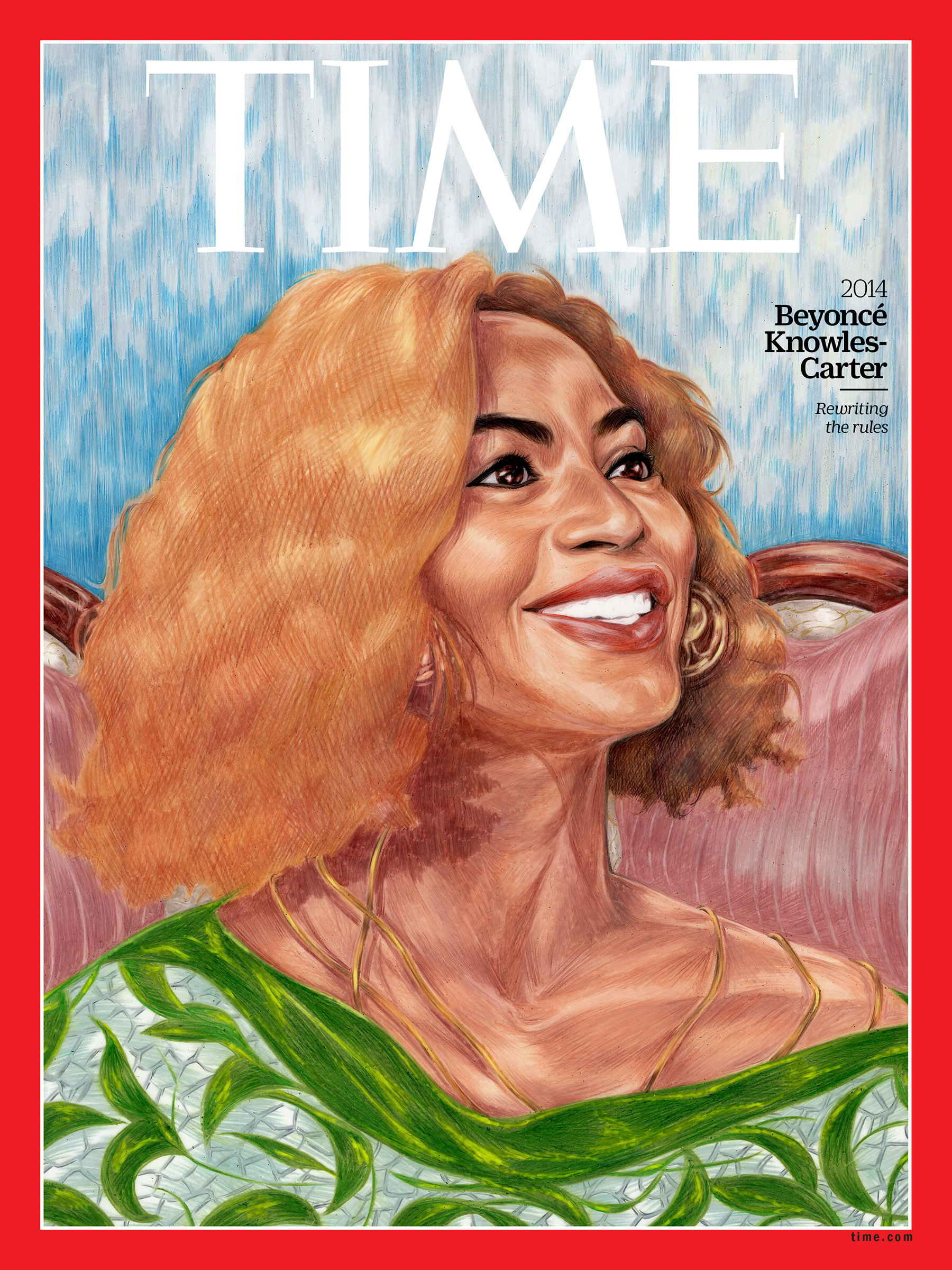When Beyoncé Knowles-Carter debuted as a member of Destiny’s Child in the ’90s, no one could foresee that she would one day be the self-proclaimed “King Bey,” as big as Michael Jackson, Janet Jackson or Prince. By the time she released her first solo album in 2003, her star power was clear, but in the music industry, shooting stars often fizzle. Virgos, astrologers tell us, are perfectionists, and Knowles-Carter, born in September 1981, treated each album like an opportunity to build. Her work ethic is rivaled only by her supreme ability to keep us out of her business. When she dropped her eponymous fifth album near midnight in December 2013, with no indication it was coming, her legend status was clear. Beyoncé was a visual album with sick beats and her signature girl-power anthems. But with “Flawless,” she went a step further, sampling a Chimamanda Ngozi Adichie speech and explicitly claiming feminism for herself. Black feminists were beside themselves, with both excitement and disdain. Could a pop star really be down with smashing the patriarchy? Her performance in front of the word FEMINIST at the 2014 MTV Video Music Awards was a helluva way to punctuate a point.
A few years later, her explosive “Formation” let us know she was back, pro-black and unapologetic. The Lemonade album’s overtures to Black Lives Matter insisted she may be pop, but she is also political. It was a hat tip to her haters and a nod to her serious critics. She’s a woman of few words, but she’s listening. It’s this call-and-response between Beyoncé, the Bey-hivers and the Bey-haters that makes her a singular performer. Haters may hate, but she just gets better. —Brittney Cooper
Cooper is the author of Eloquent Rage: A Black Feminist Discovers Her Superpower

This article is part of 100 Women of the Year, TIME’s list of the most influential women of the past century. Read more about the project, explore the 100 covers and sign up for our Inside TIME newsletter for more.
